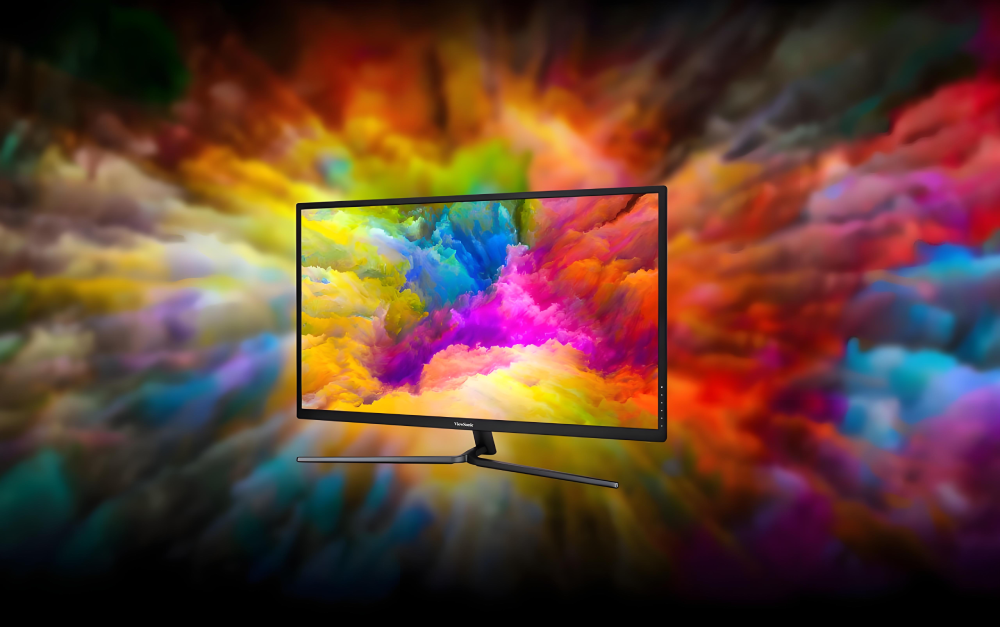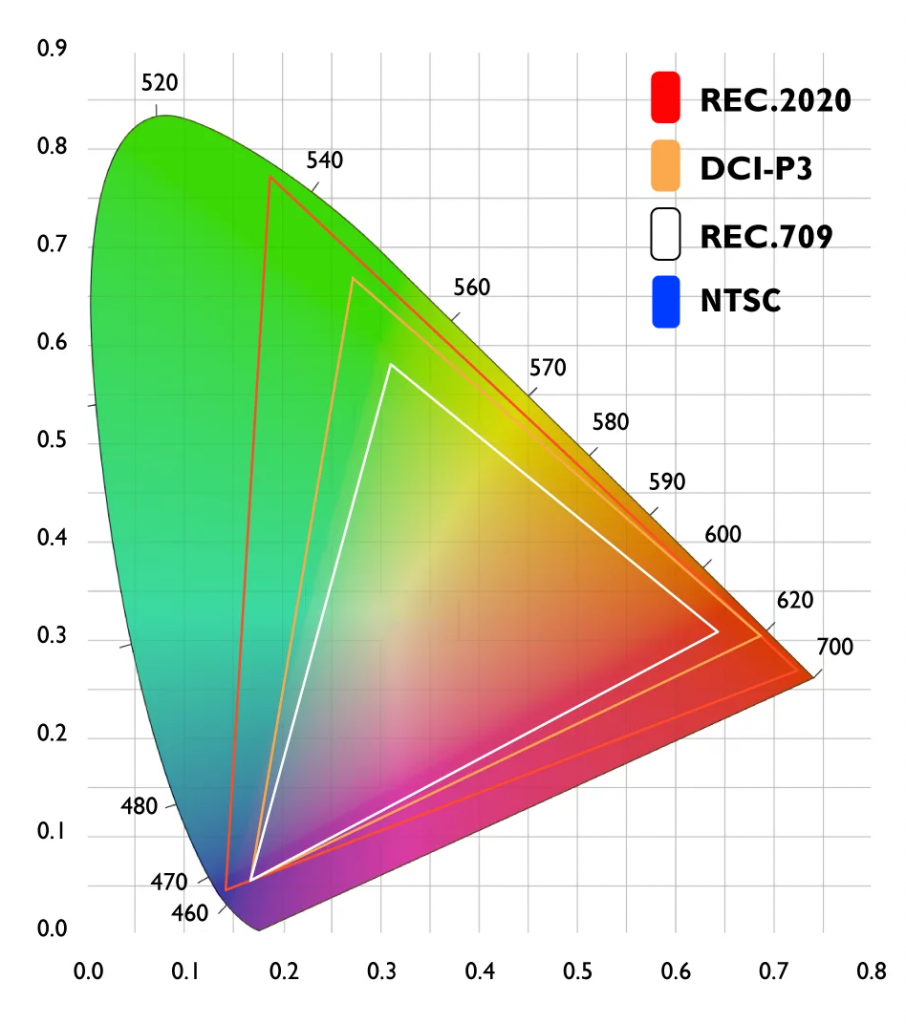When we go to shopping mall and buy a laptop, a display or a monitor, we always see a label which states color gamut of the screen. So what exactly does color gamut mean? What is color gamut coverage? How does it affect the performance of your display? Don’t worry. Here in this article, we will explore the mystery of color gamut.

Display Color Gamut
Color gamut, also known as color space, refers to the color range that can be perceived by a display device (such as a monitor, printer, etc.) or by the human eye in a specific color mode. It is a theoretical concept used to describe the diversity and complexity of colors.
In display technology, color gamut is particularly important because it is directly related to the richness and accuracy of the colors that a display can present. A wide color gamut means that the display can present rich colors that are closer to the real world, providing a more vivid and realistic visual experience.
For a more intuitive understanding, we can look at the CIE-xy chromaticity diagram developed by the CIE International Lighting Association. In this figure, the color gamut is represented by a triangular area composed of the three primary color coordinates of RGB. The larger the triangle, the wider the color gamut.

Color gamut coverage refers to the proportion of the colors of a certain color gamut standard that a screen can display and usually describes with a triangular area composed of the three primary color coordinates of R, G, and B.
Displays like laptop and computer monitors, phone screens and LED displays can comply with different color gamut standards, such as NTSC, Rec.709, DCI-P3, and Rec.2020 (also known as BT2020).
Rec.709 is one of the most widely used HDTV standards and one of the most common color standards used in home projectors. However, with the gradual popularization of high-definition video technologies such as 4K and 8K, and people’s requirements for image quality getting higher and higher, the limitations of the Rec.709 standard have begun to emerge, and it cannot fully meet users’ requirements for high color performance.
DCI-P3 is a color standard developed by the Digital Cinema Industry Alliance (DCI), aiming to provide more accurate color performance for digital movies. The color gamut of the DCI-P3 standard is wider and includes more vivid and bright colors, making the video picture more realistic and vivid.
Rec.2020 is the latest video color space standard. It has a wider color gamut and finer color resolution. Compared with other standards, the color gamut is larger and can present more color details.

Common Color Gamut Standards
Nowadays, more and more LED displays comply with P3 color gamut standard.This can be achieved by using LEDs that emit specific wavelengths of red, green, and blue light to create a broad spectrum of colors.
Here is a list over why LED displays are complying with P3 color gamut.
Expanded Color Range: The P3 color gamut offers a wider color range compared to the standard RGB color gamut (sRGB). It is capable of reproducing more vivid and saturated colors, particularly in the red and green regions of the color spectrum.
Enhanced Color Accuracy: LED displays that support the P3 color gamut can accurately reproduce colors within the P3 color space. This is important for applications where color accuracy is crucial, such as digital cinema, professional video editing, and color-critical graphic design.
Content Compatibility: P3 color gamut is increasingly becoming a standard in content creation, especially for high-definition video and cinema applications. By having an LED display with P3 color gamut support, content creators and professionals can accurately preview and evaluate their work.
Improved Visual Experience: LED displays with P3 color gamut can provide a more immersive and visually stunning experience, particularly when viewing content that is mastered for the P3 color space. The wider color range allows for more lifelike and vibrant images.
Display Standards: Various display standards, such as HDR (High Dynamic Range) and DCI-P3 (Digital Cinema Initiatives – P3), incorporate the P3 color gamut. HDR content, in particular, utilizes the expanded color capabilities of P3 to deliver a more realistic and dynamic visual experience.
Kinglight has launched P3 series LEDs specifically for the cinema display market, which comply with P3 color gamut and reach over 99% coverage of P3 color gamut.

Kinglight P3 Color Gamut Series LEDs
Related article: Kinglight P3 Series LEDs – Bring You The Best Movie Watching Experience with Cinema Screens